There are many advantages to making your space more eco-friendly. By reducing your home’s carbon footprint, you can save money and even improve your home’s air quality. The trick is doing it without compromising on style. If you’re struggling to find sustainable yet stylish swaps for your space, look no further! Below we have rounded up some of our favorite eco-friendly interior design ideas.
1. Bring The Outside In
Indoor plants make for great decor – they are lush and give your space dimension, texture, and color. House plants can also be powerful air purifiers and help reduce the levels of CO2 in your home. If you’re already a plant parent, you may want to consider an indoor vegetable or herb patch. These small but mighty gardens look great on any window sill, plus you can eat their produce! A dedicated LED grow light will ensure you can harvest your indoor garden all year round.
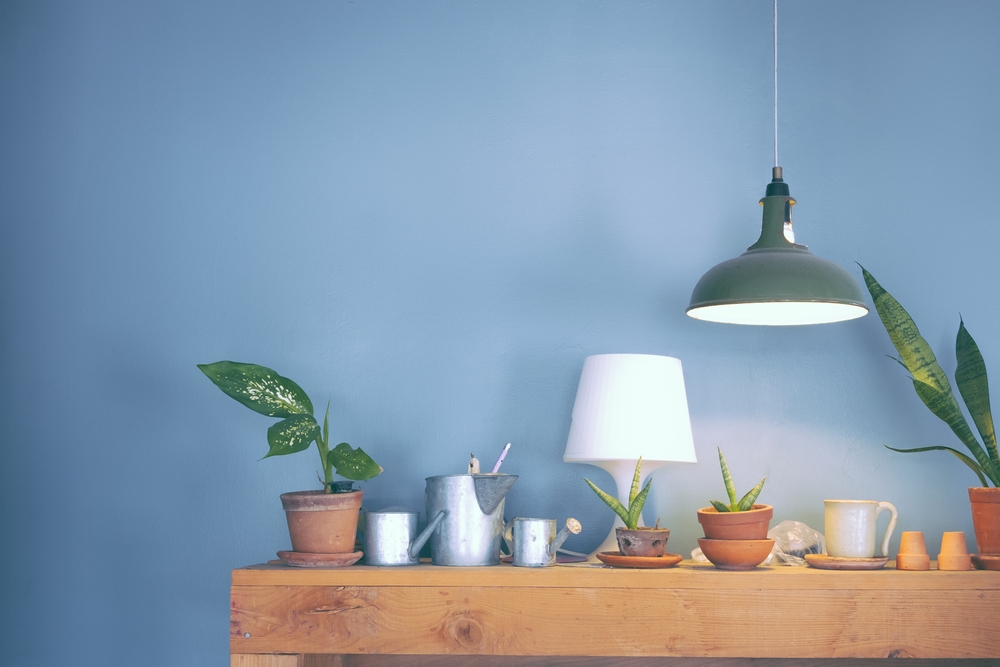
2. Opt For Natural Fibers
Whether you’re in the market for a new rug, light fixture, or pouf, look for items made from natural fibers such as jute. Jute is a material made from the jute tree, which is a fast grower and needs very little water to survive. Jute is also bio-degradable and recyclable – making it super eco-friendly! When it comes to upholstery, opt for bamboo fabrics. Latex is another solid option as it comes from the rubber plant.

3. Pick Low or Zero VOC Paints
One of the most important decorating decisions you will likely make is the color of your walls. Your color palette will determine the mood of your space and set the tone of your home style. The problem with paint is that many contain harmful VOCs – or volatile organic compounds. The best eco-friendly interior design paints are labeled “low VOC” or “zero VOC.” These paints are water-based, are lower in odor, and are a more eco-friendly option.
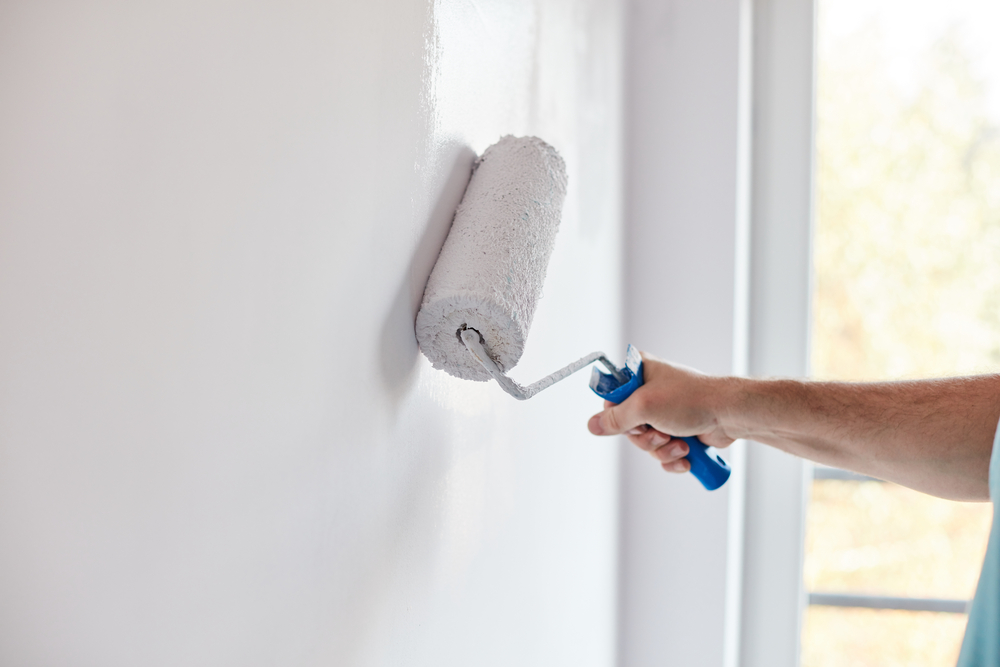
4. Swap Your Bulbs
Every good interior designer knows that a room’s lighting will make or break the space. To make your existing lighting more eco-friendly, opt for high-quality LED bulbs. They consume less energy than regular bulbs, and they last much longer. This means fewer bulbs are being manufactured and ending up in landfills – and your utility bills will be lower.
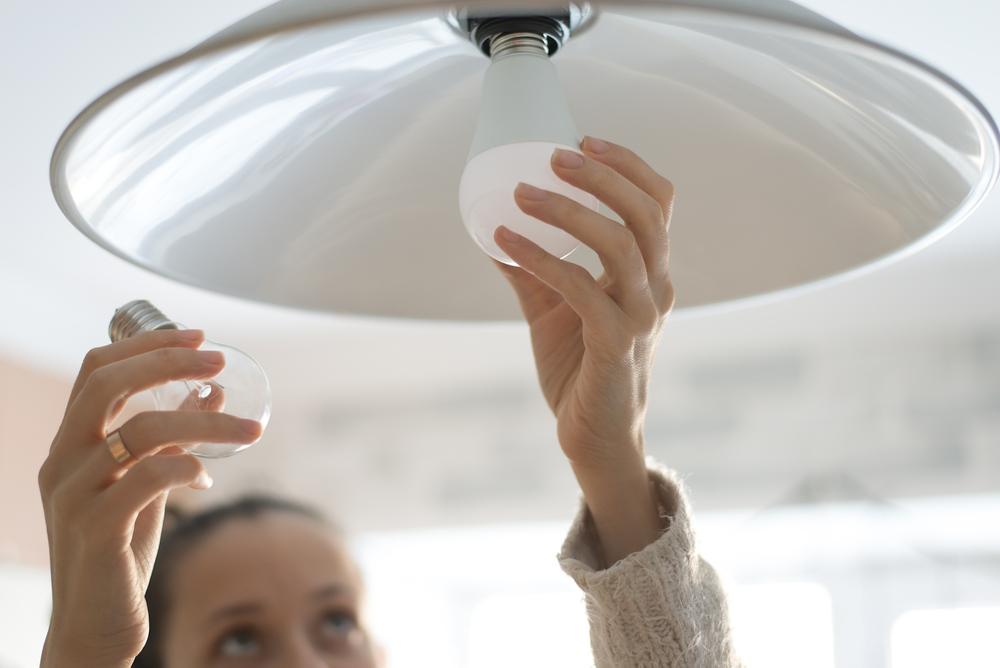
5. Dim Your Lights
Dimmers are excellent for many reasons, and they can totally transform your space. With just your fingertips, you can go from bright and fresh to warm and moody. Dimmed lights also use less energy than regular lights, which is good for the planet and your wallet. Interior designers also love dimmers for the plate switches. They are sleek and sophisticated and are sure to elevate any room.
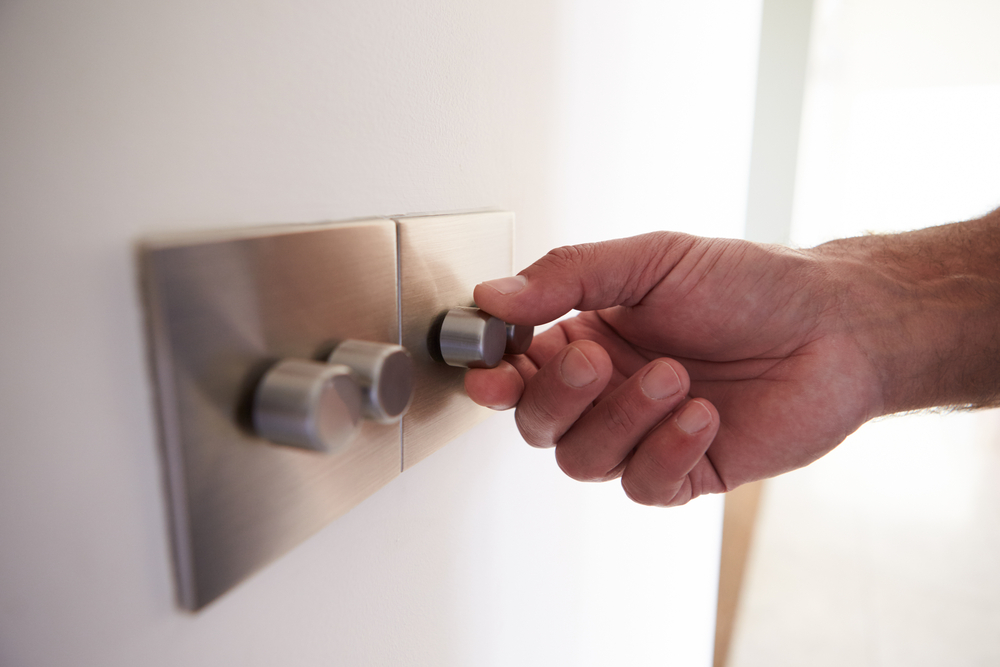
To find out more about sustainable lighting options, give us a call or stop by our showroom. Our lighting experts can help you find exactly what you need to go green.


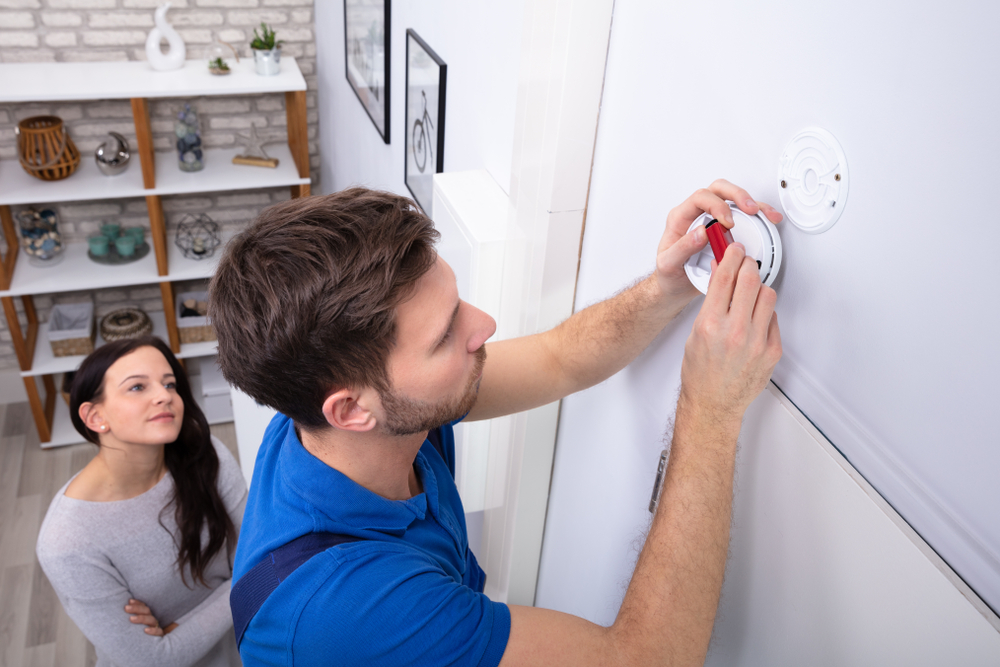
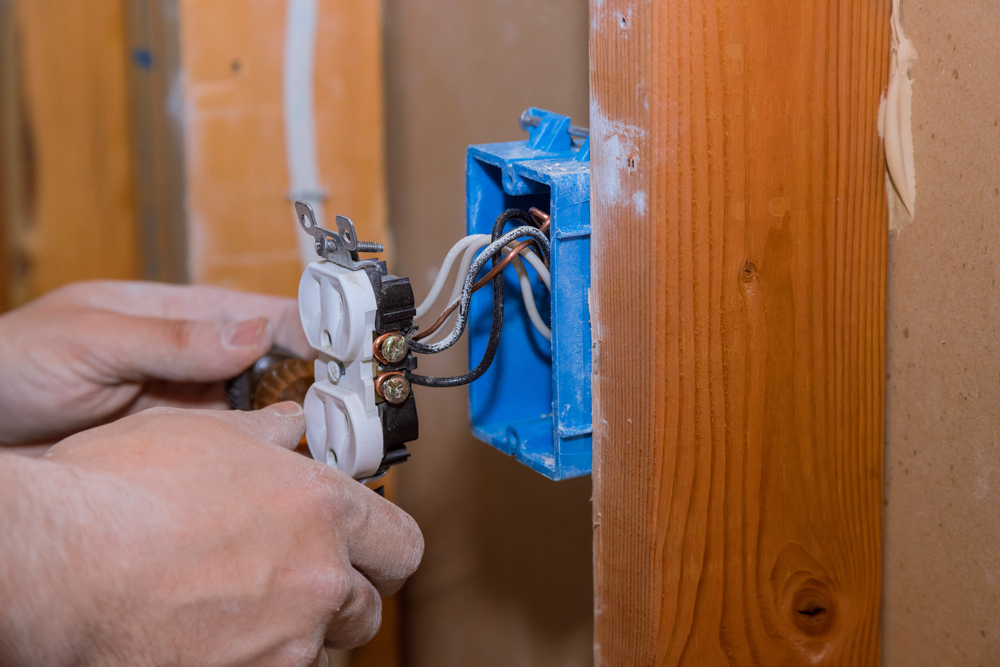



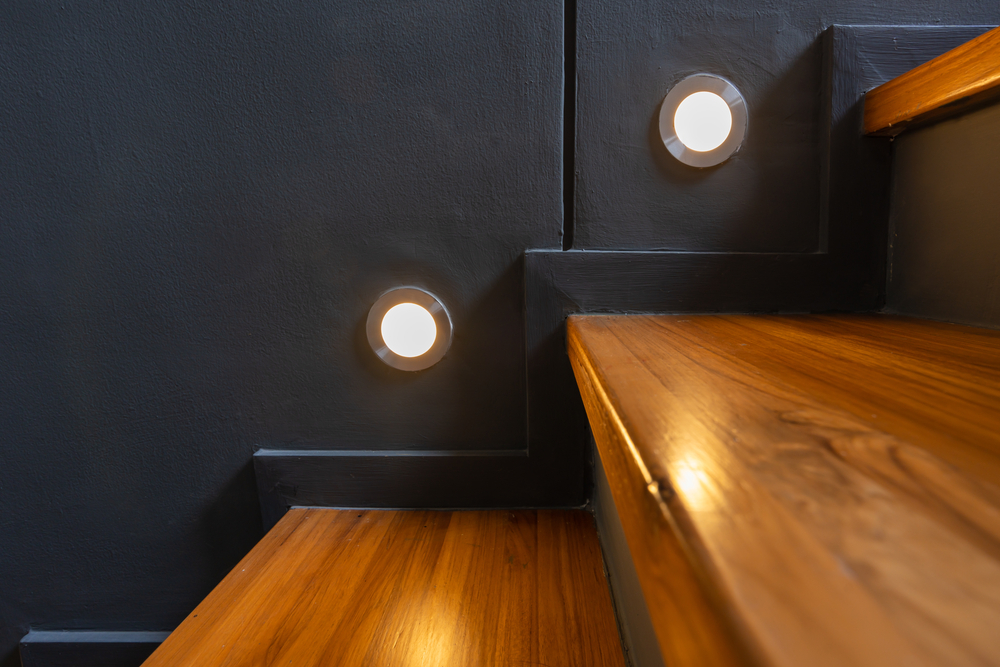


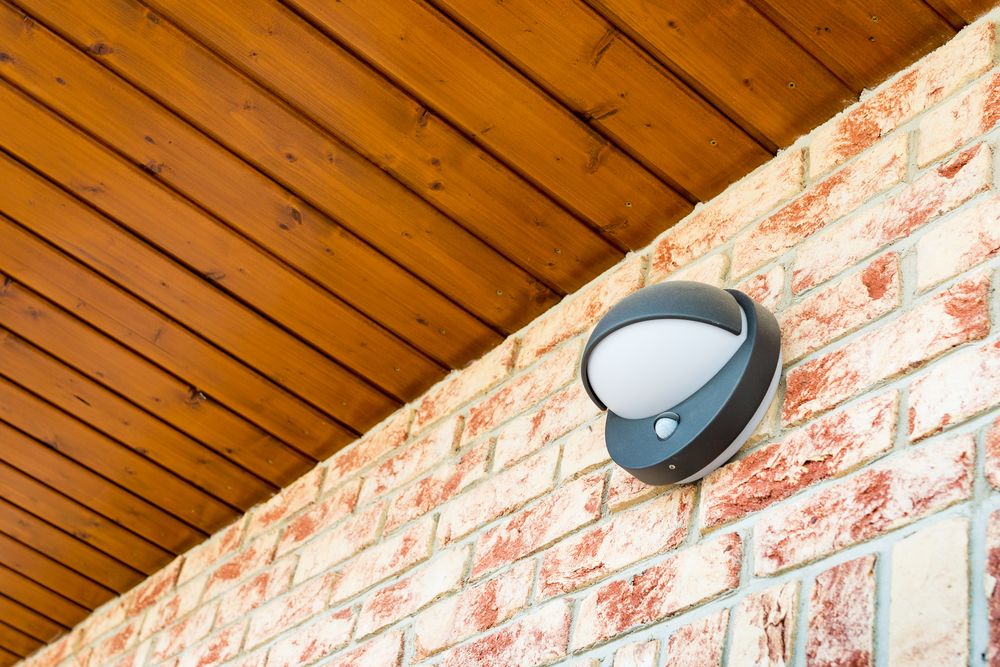

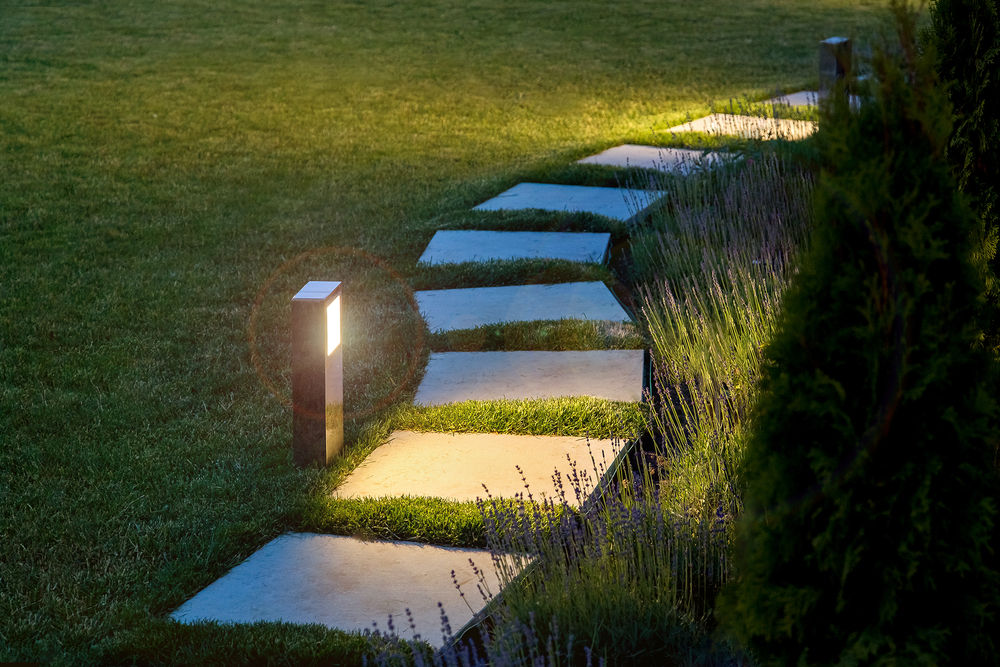


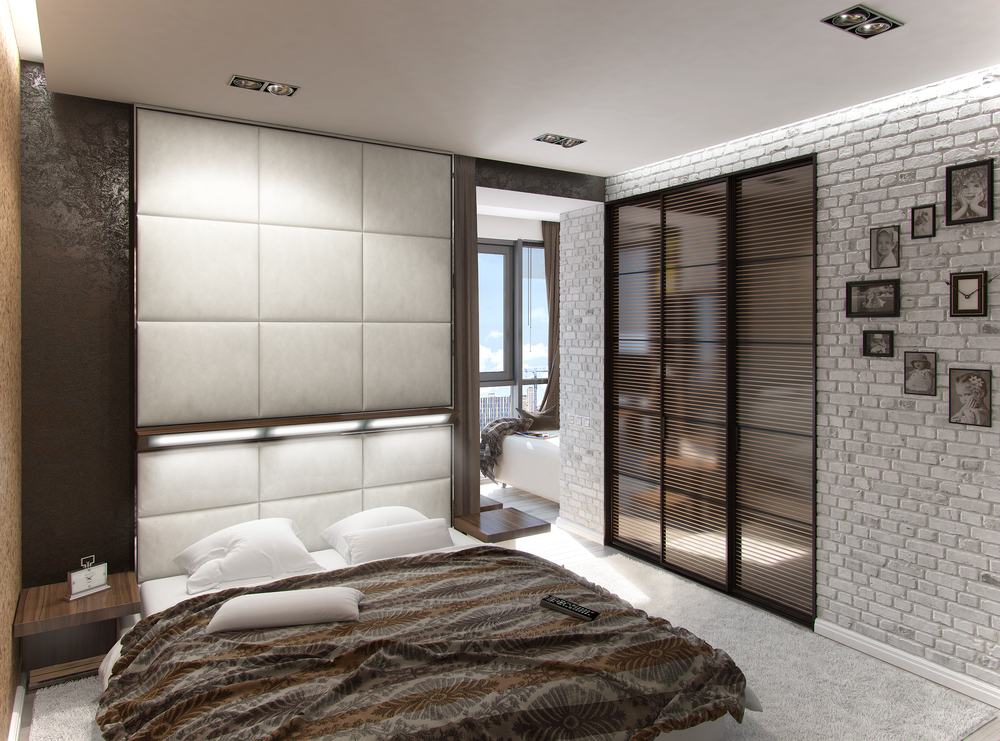
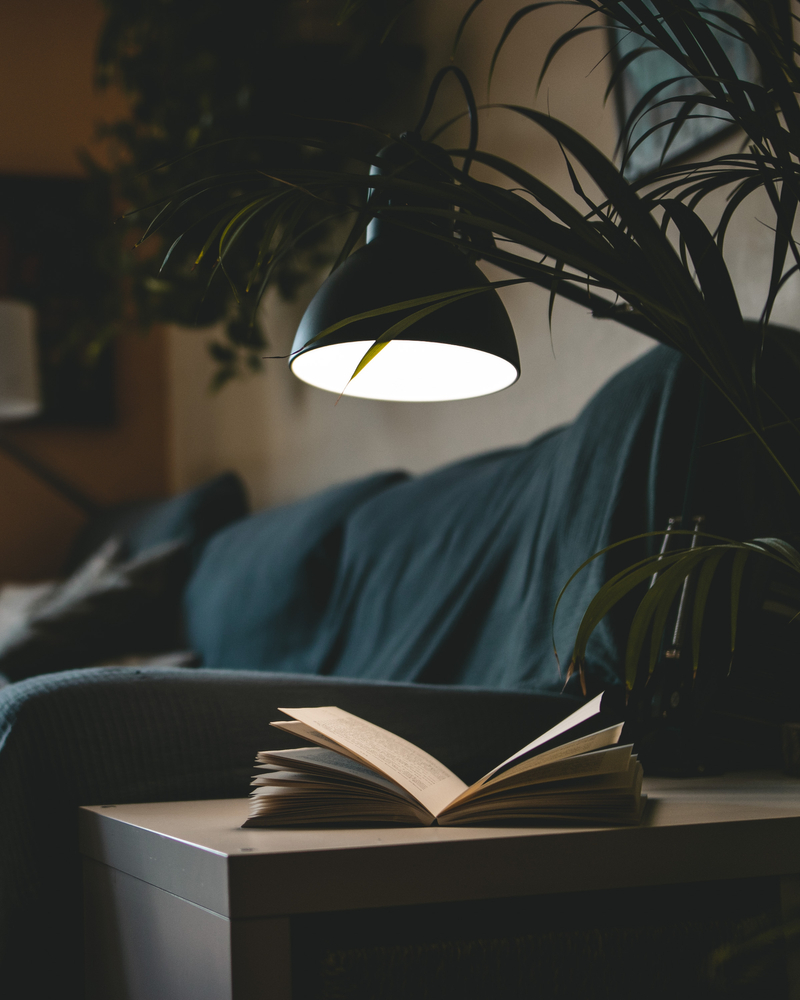
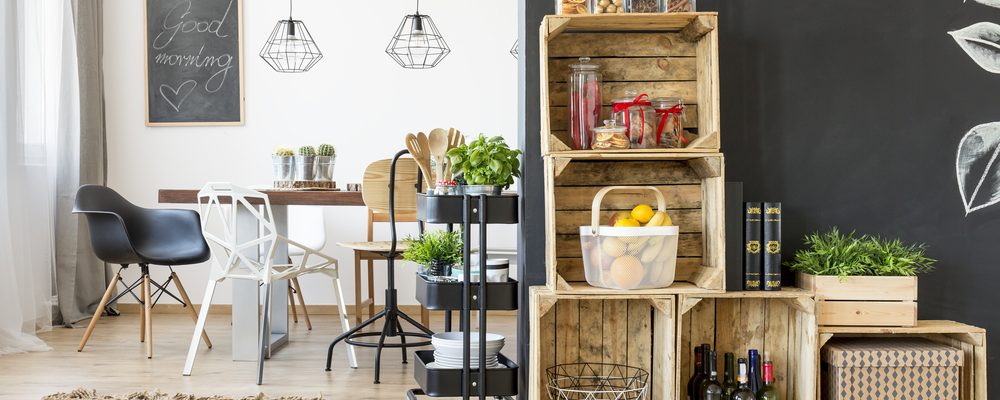
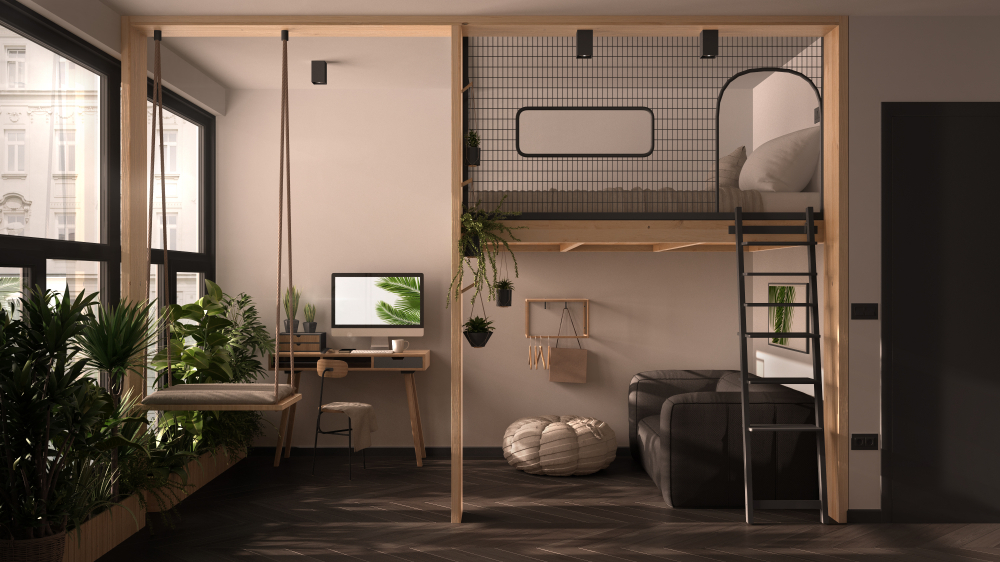
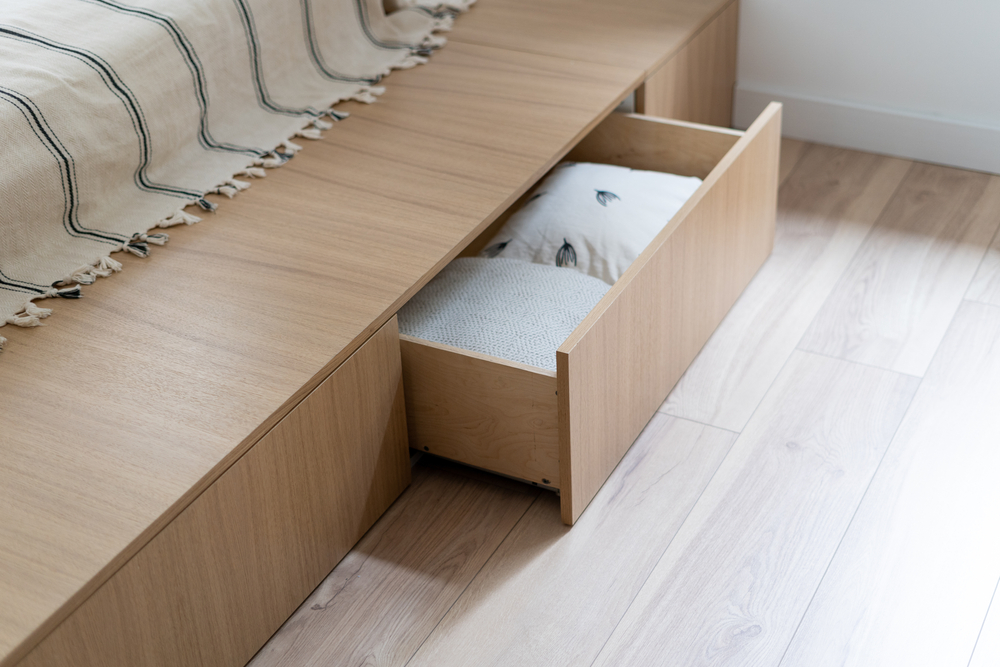

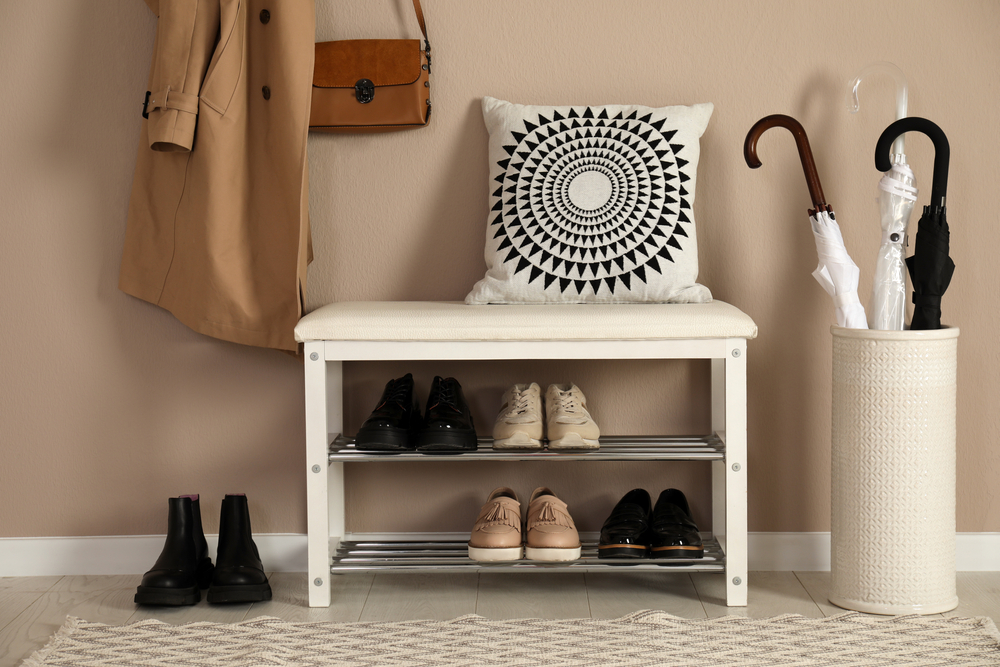
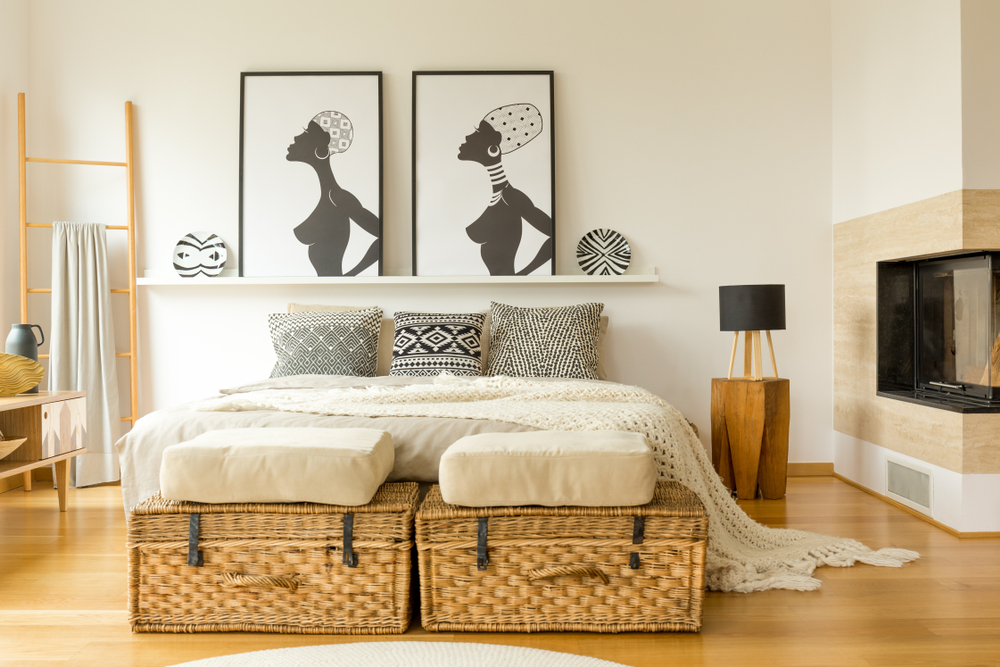
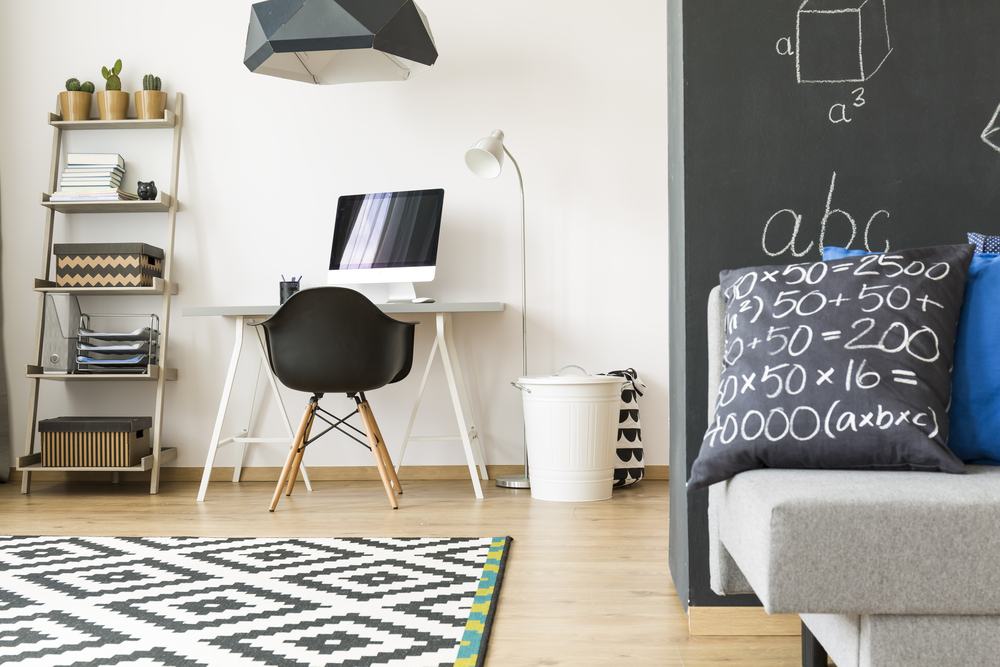
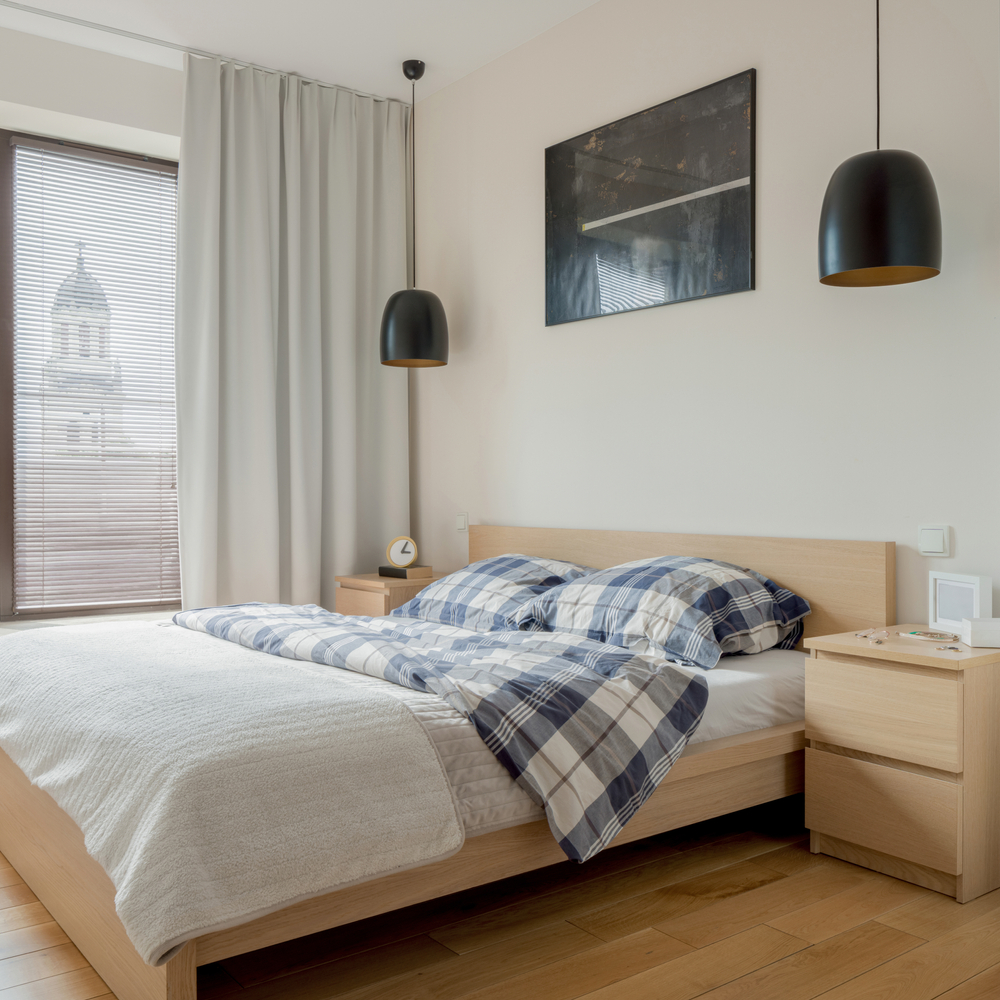

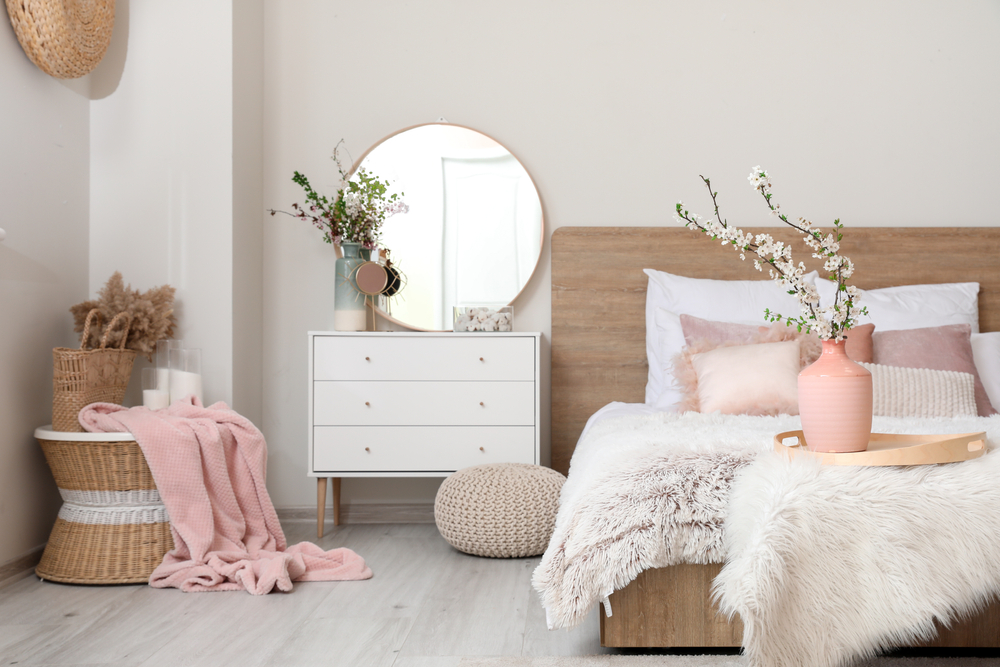
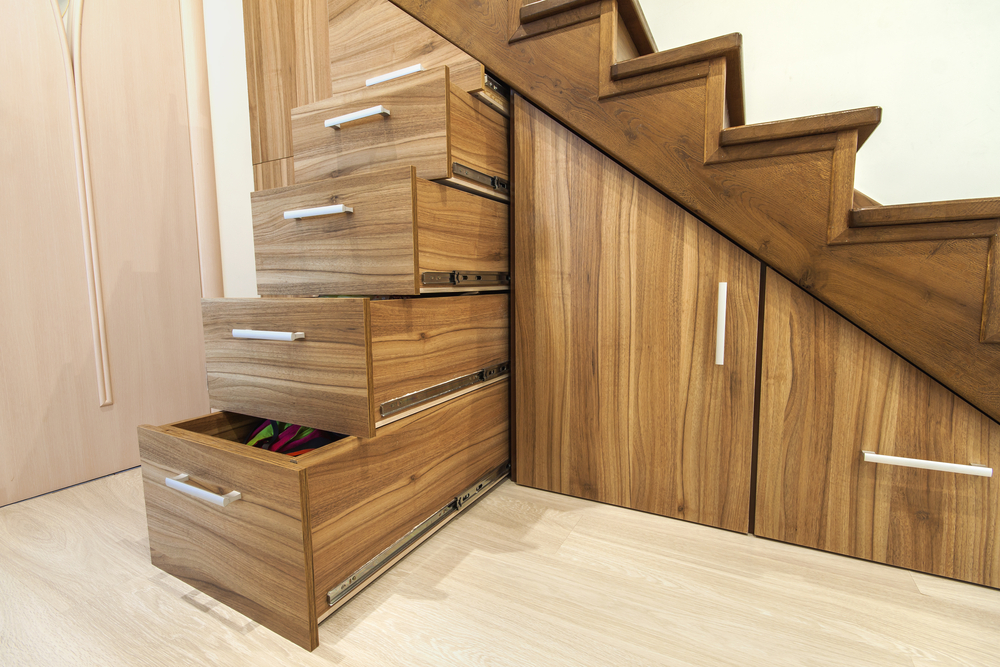
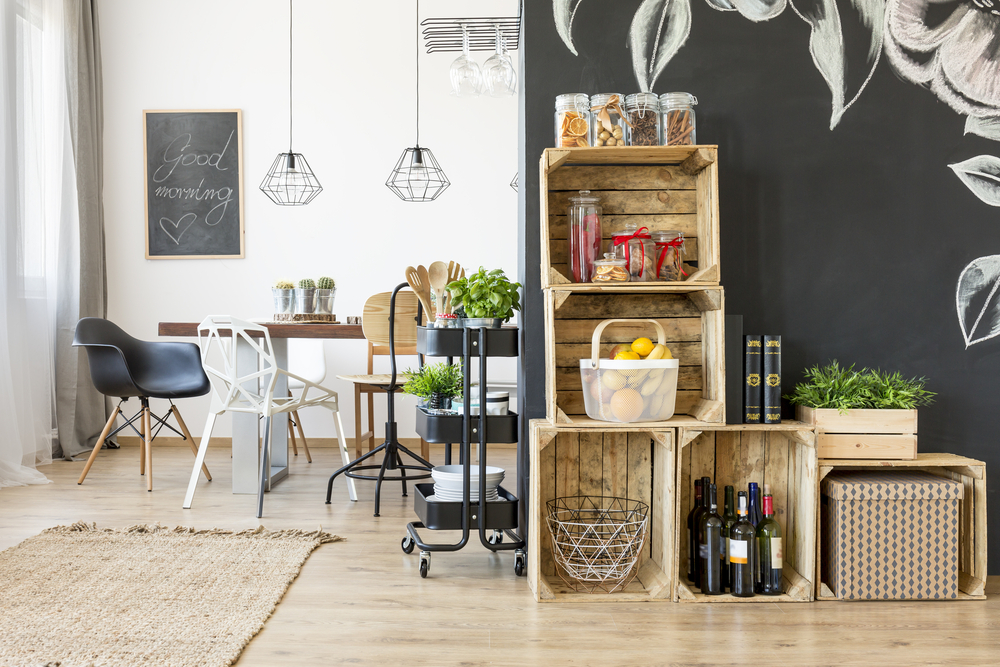
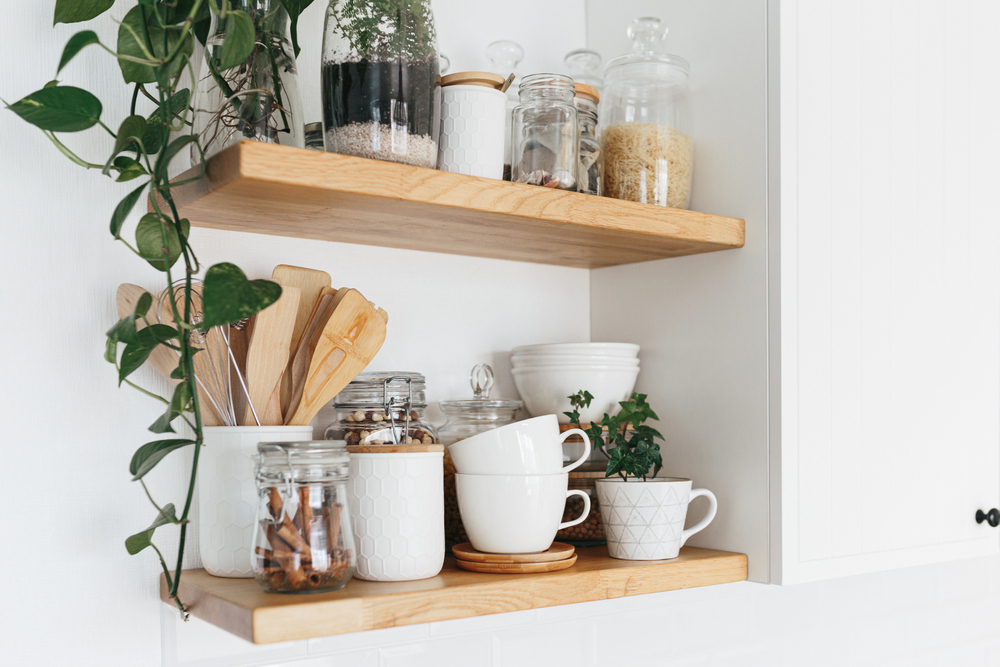
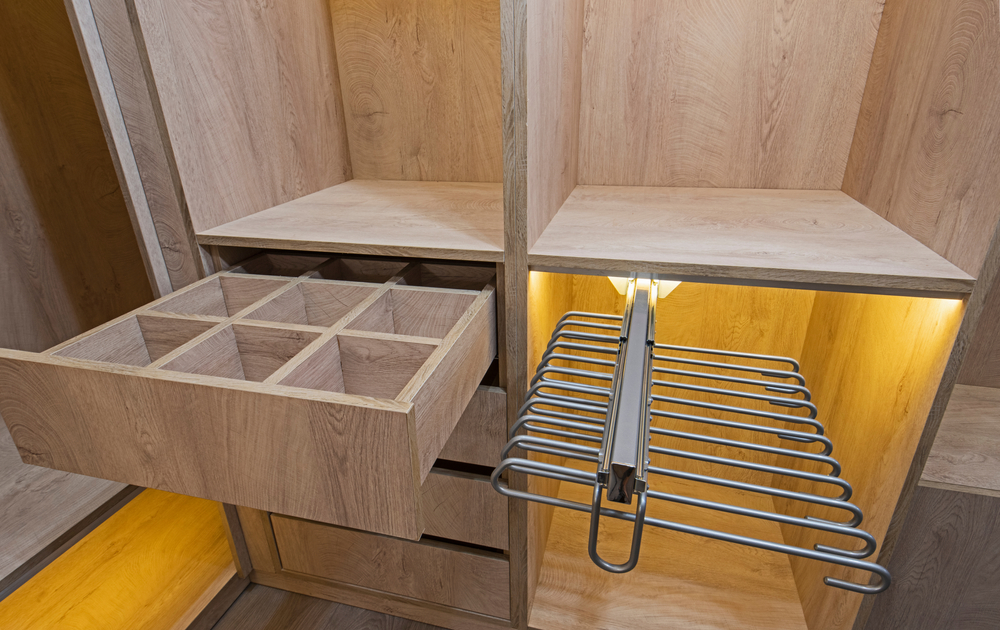
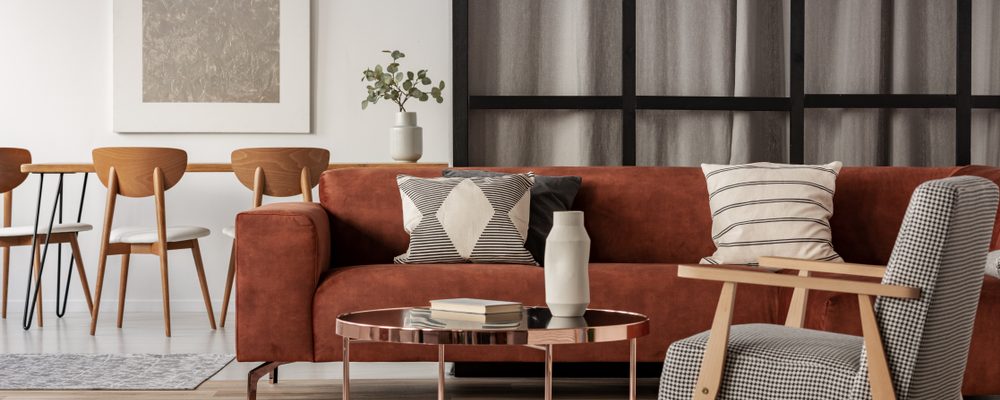
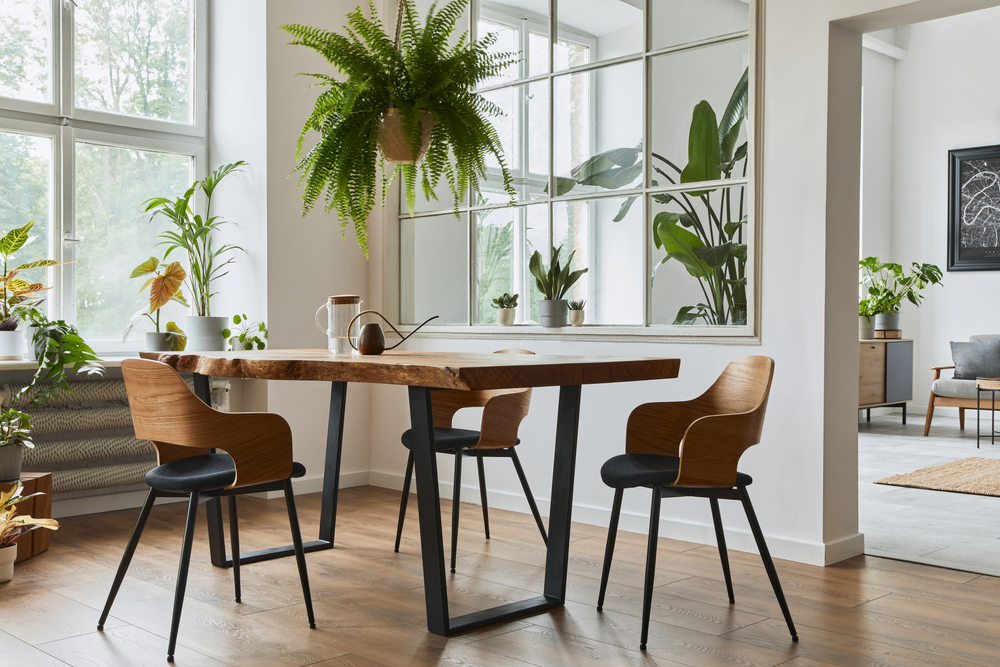

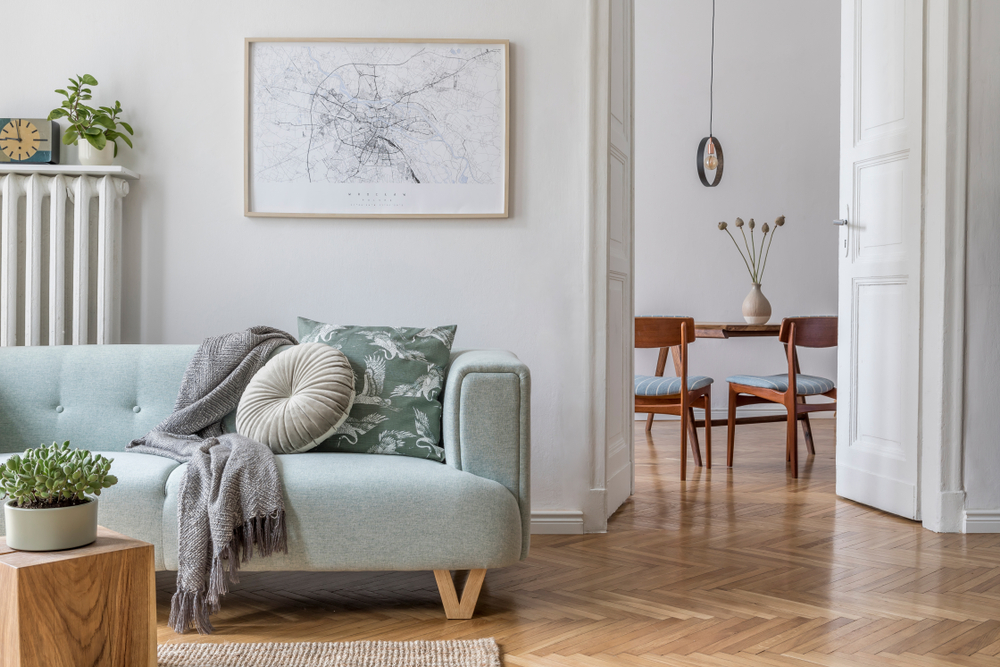

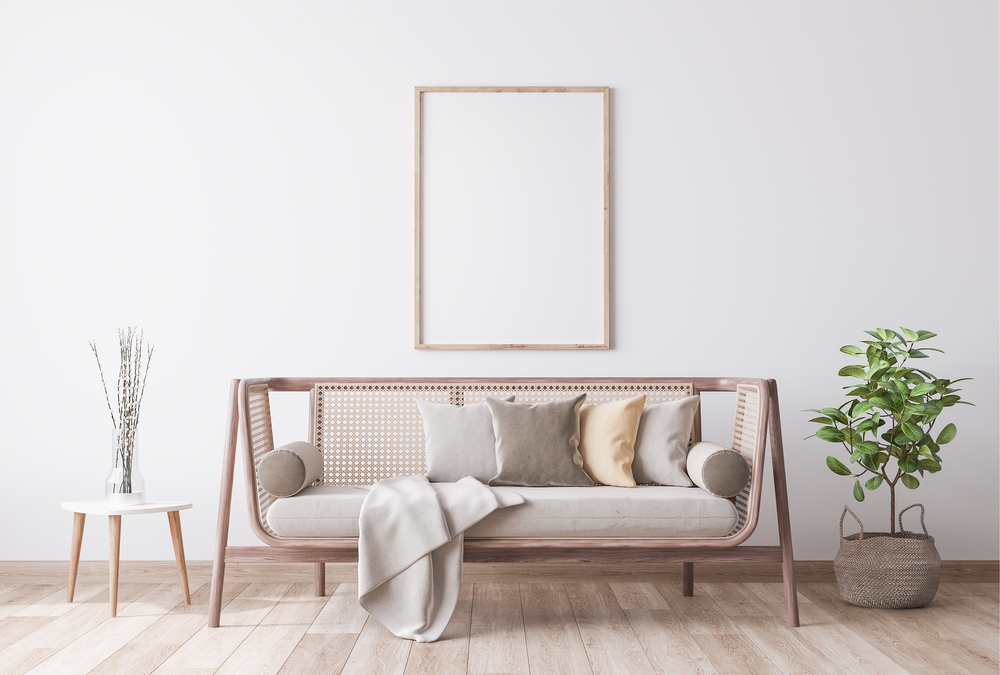
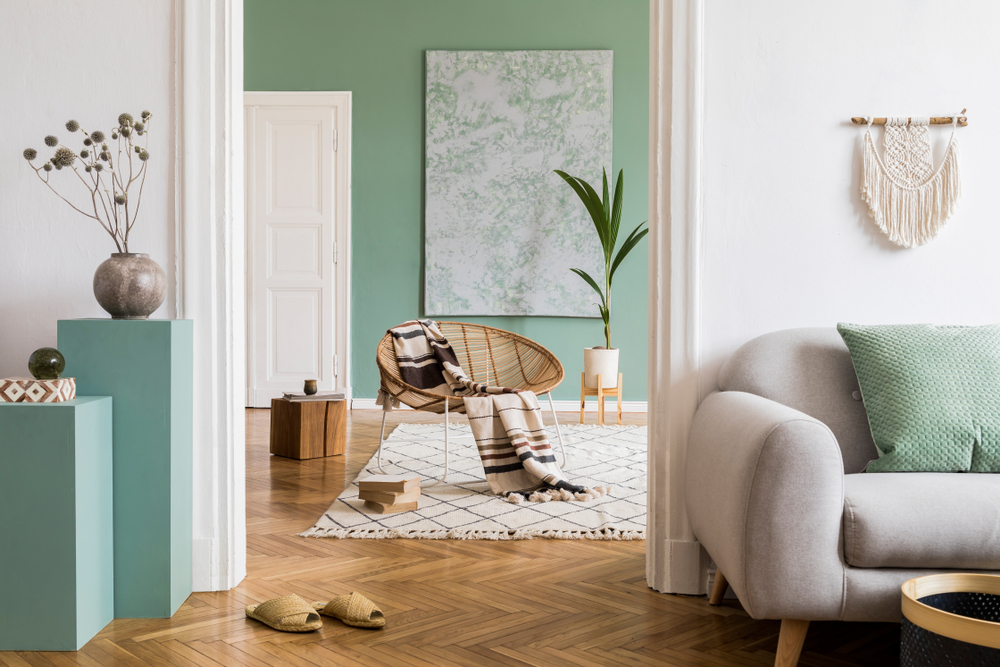

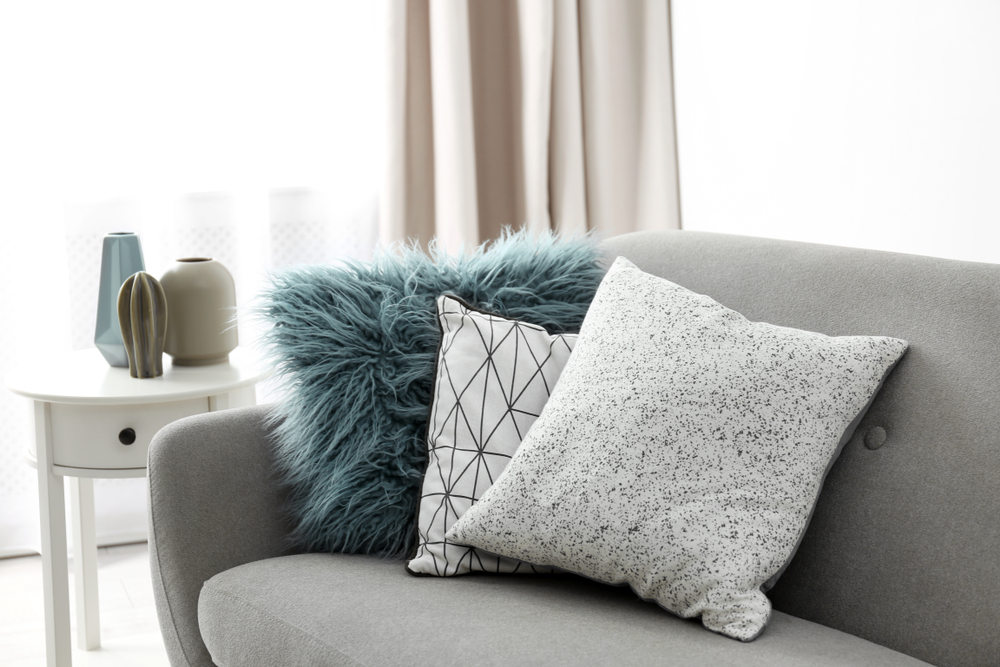

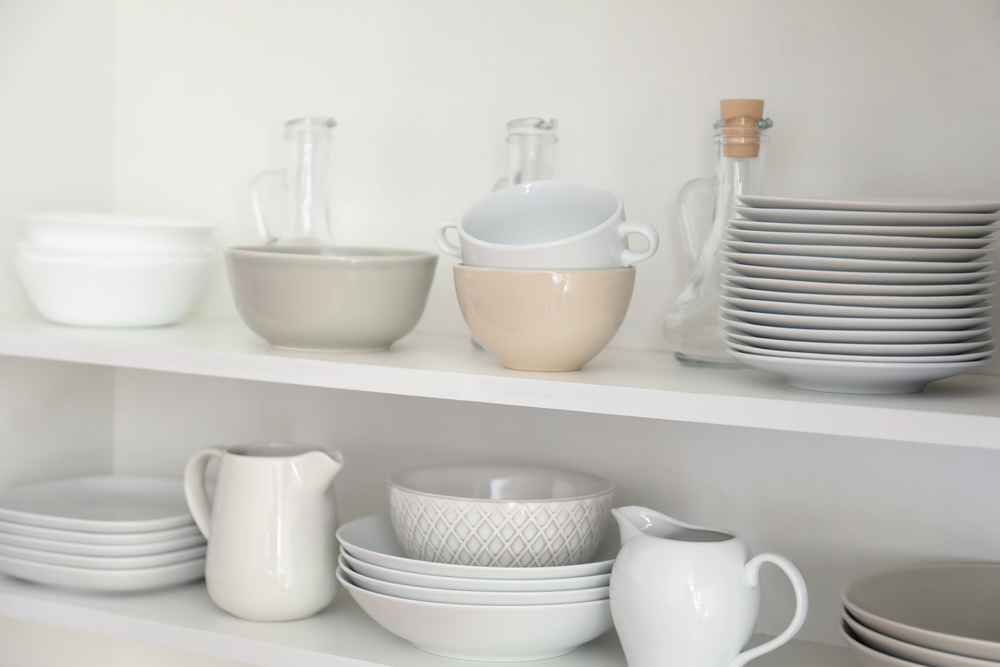
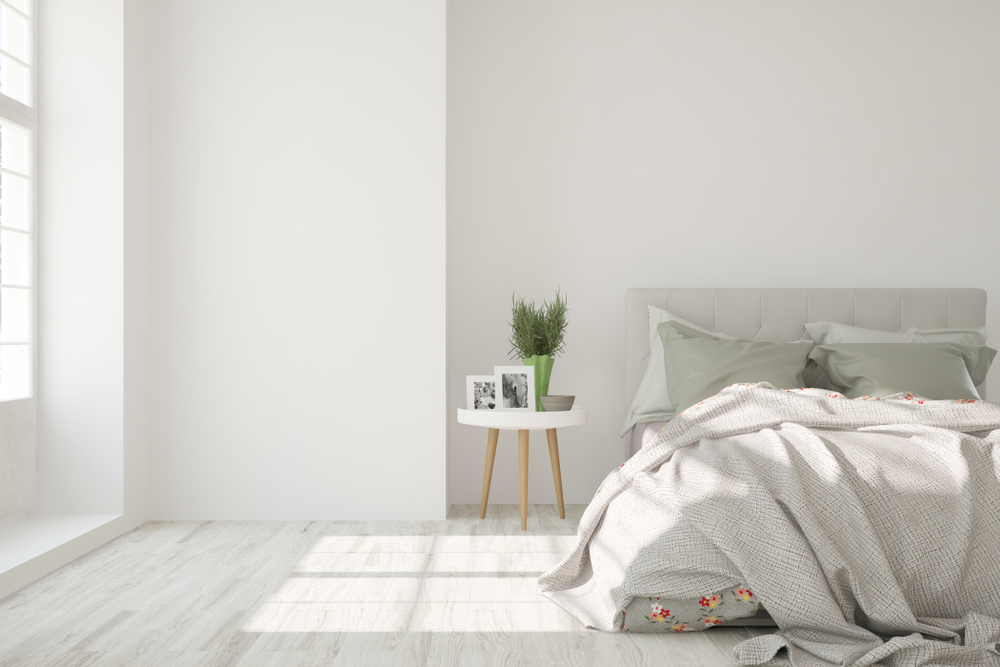

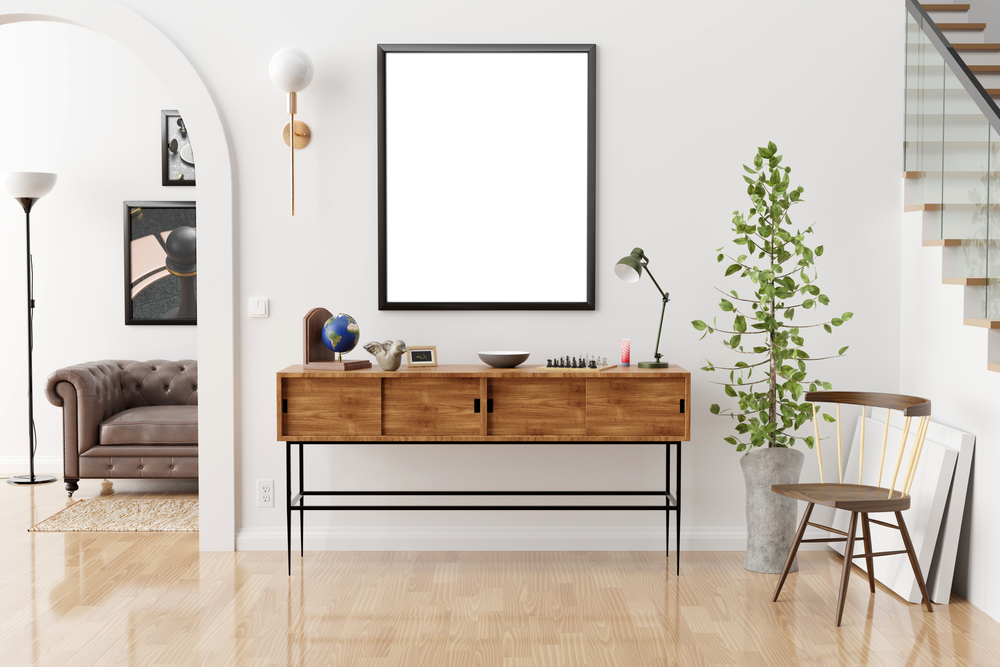

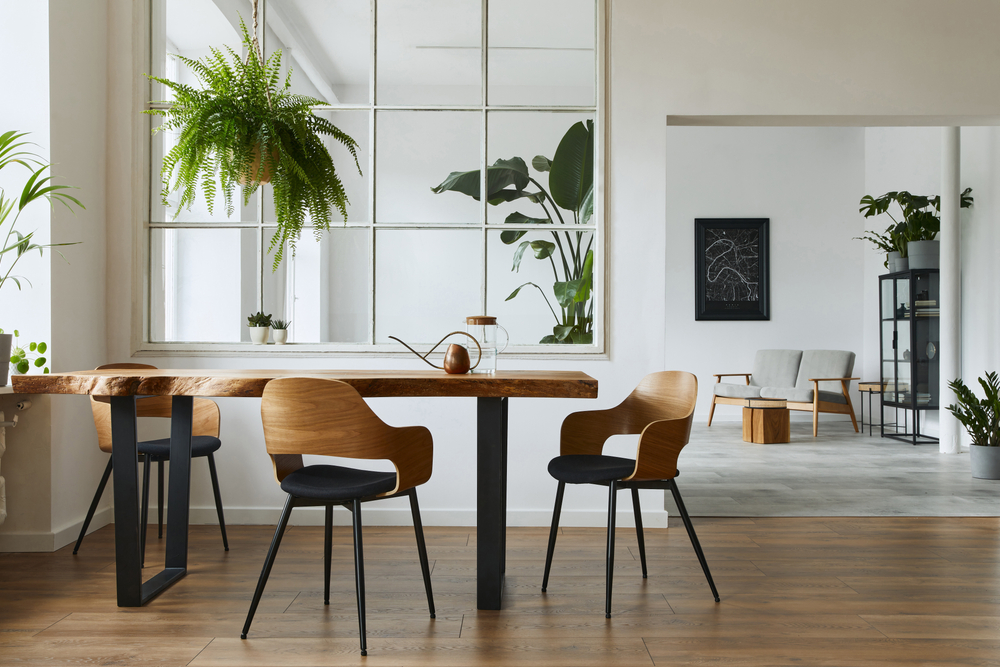
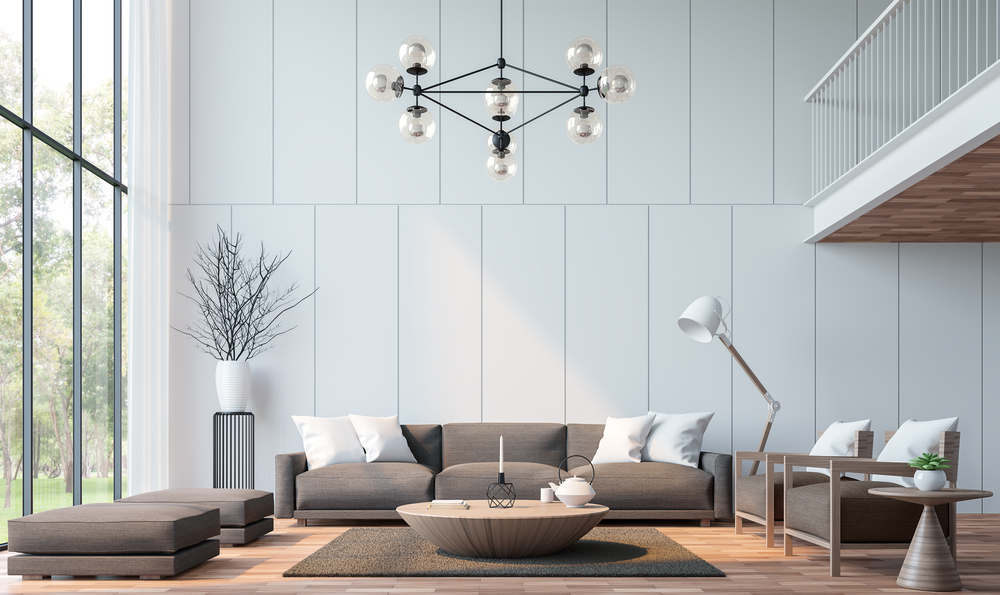
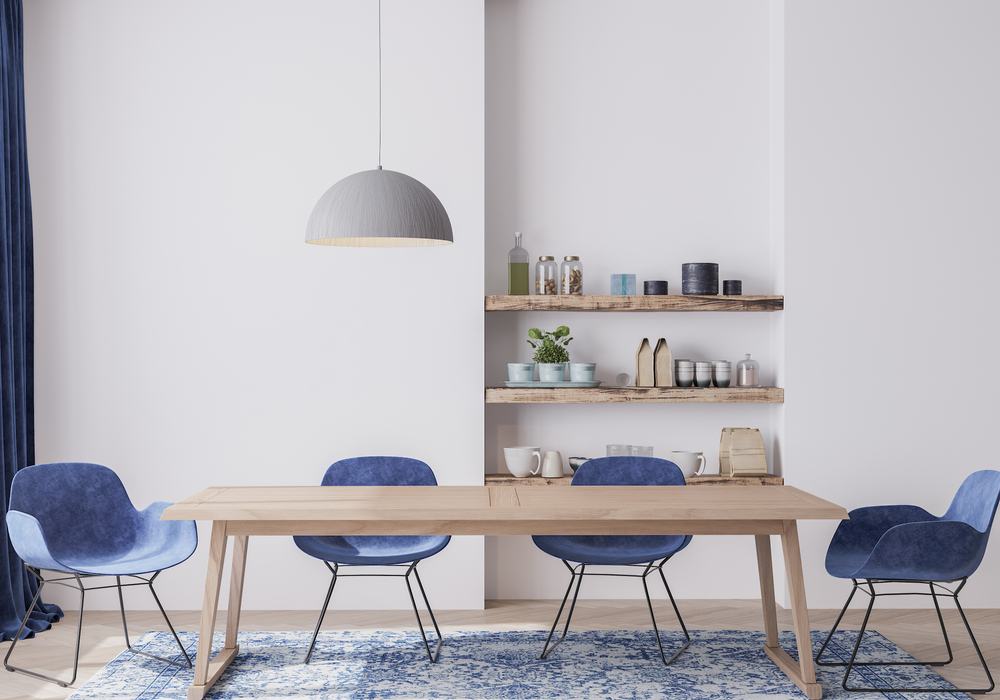
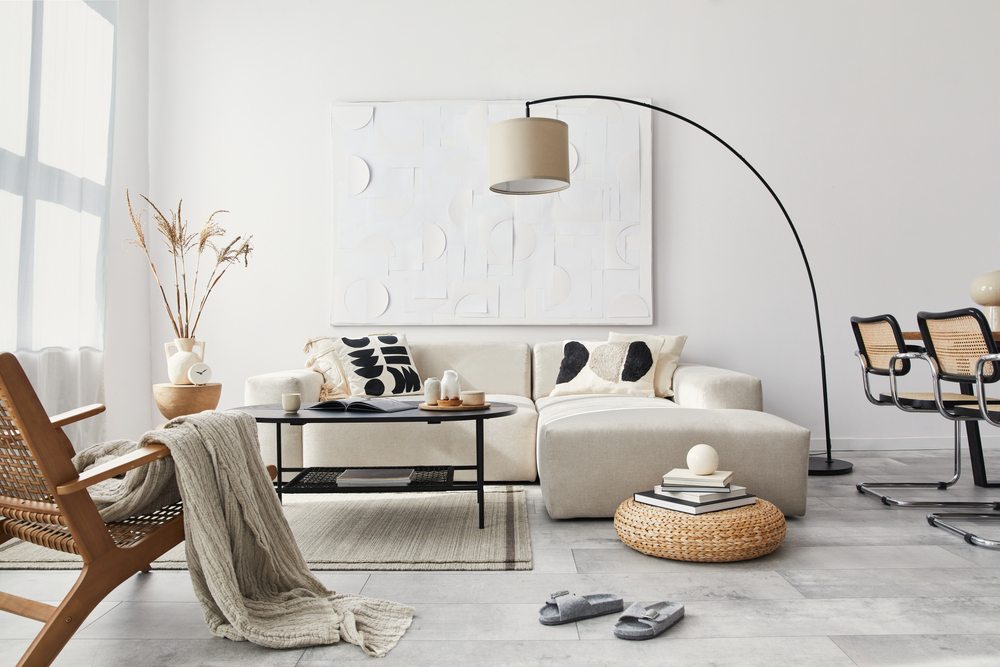


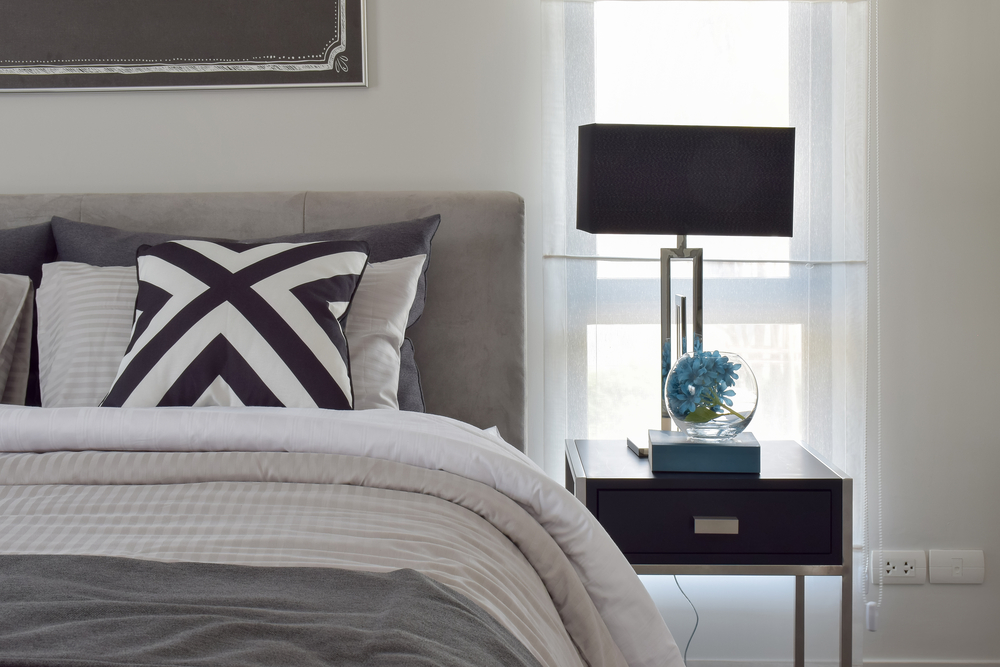
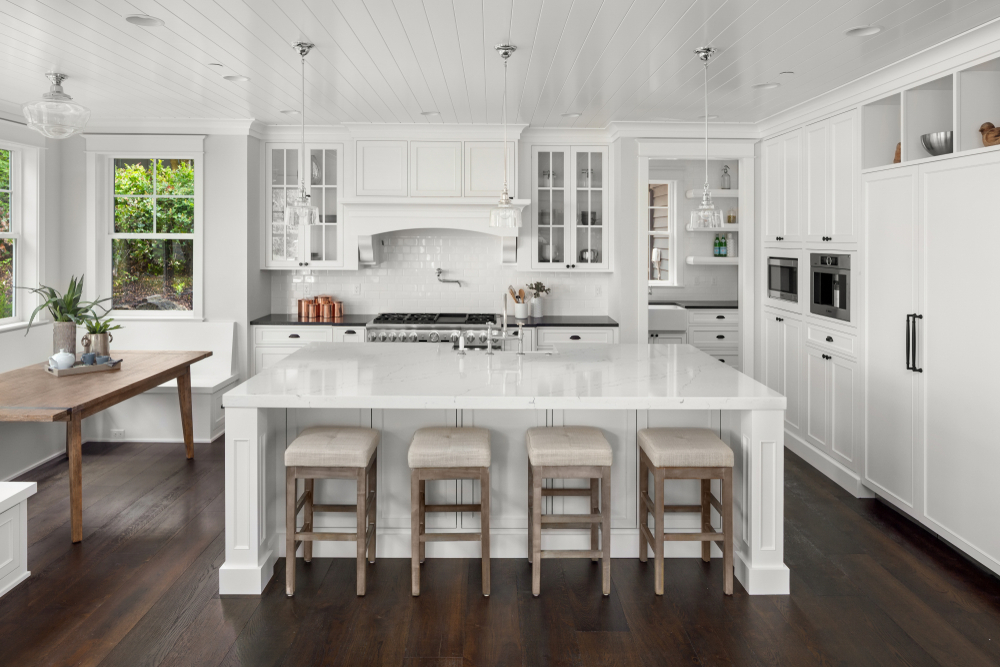

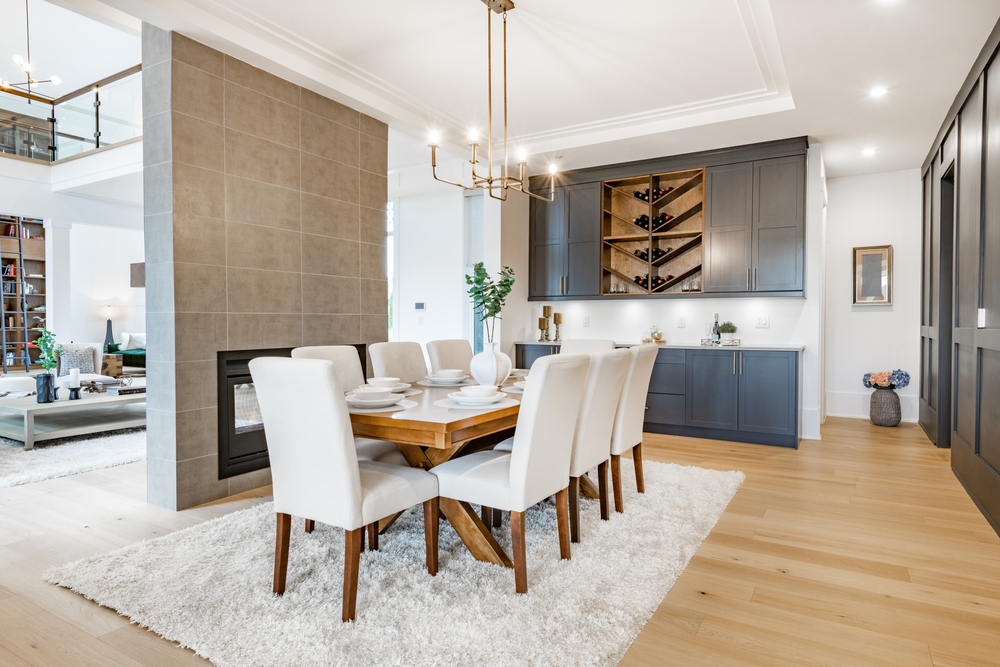
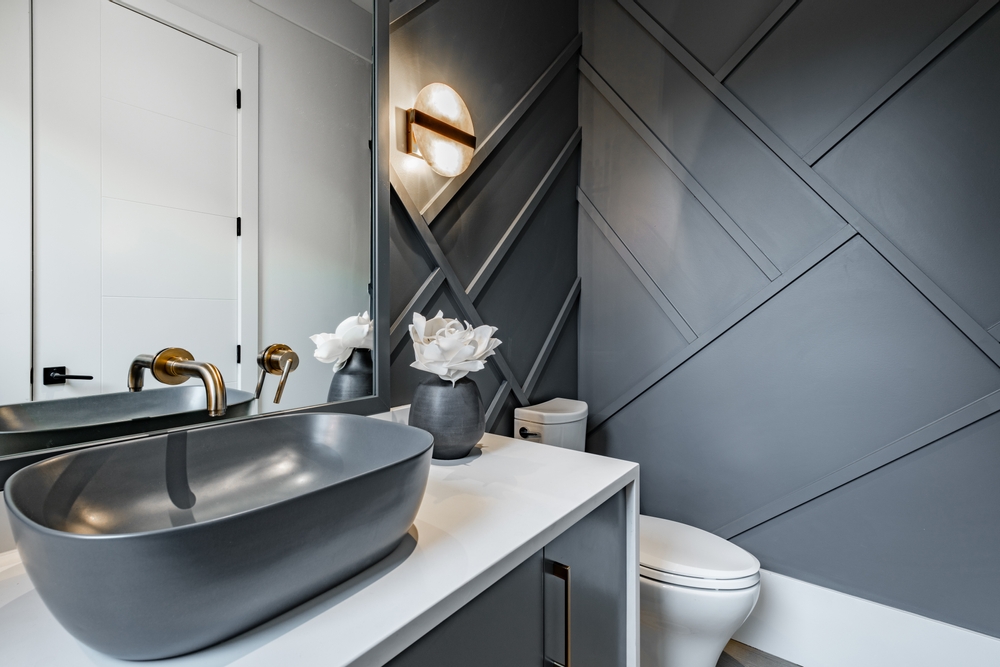
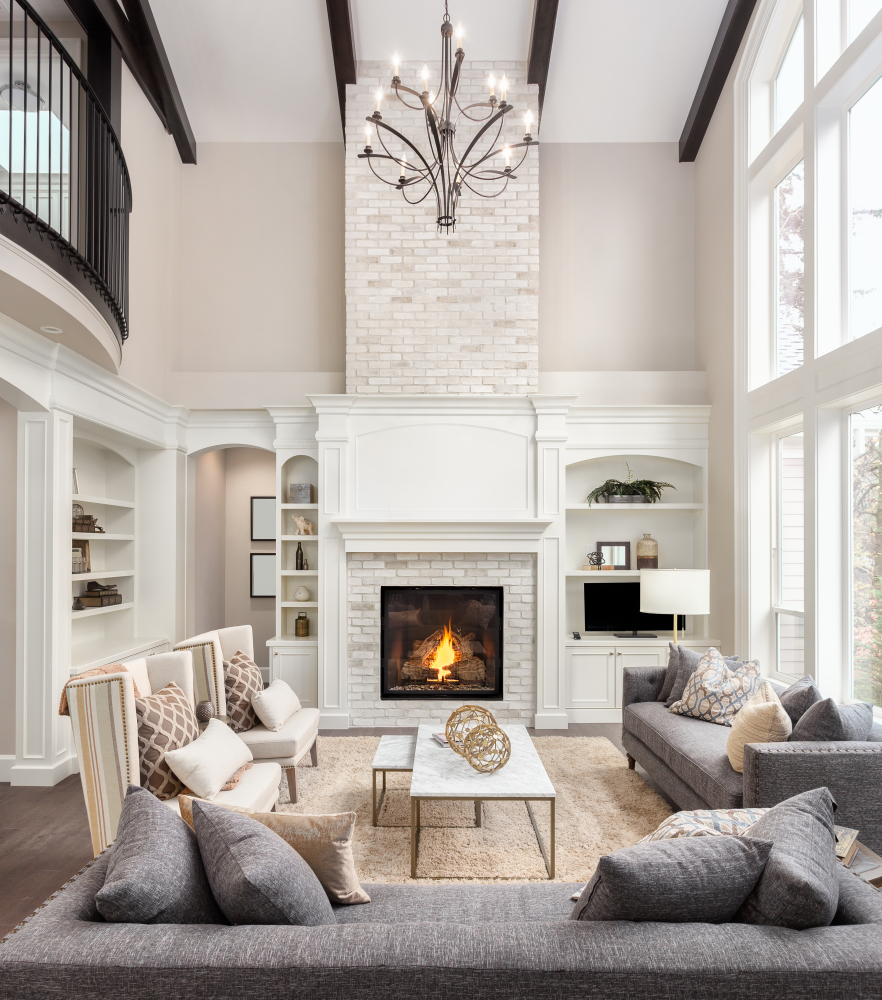
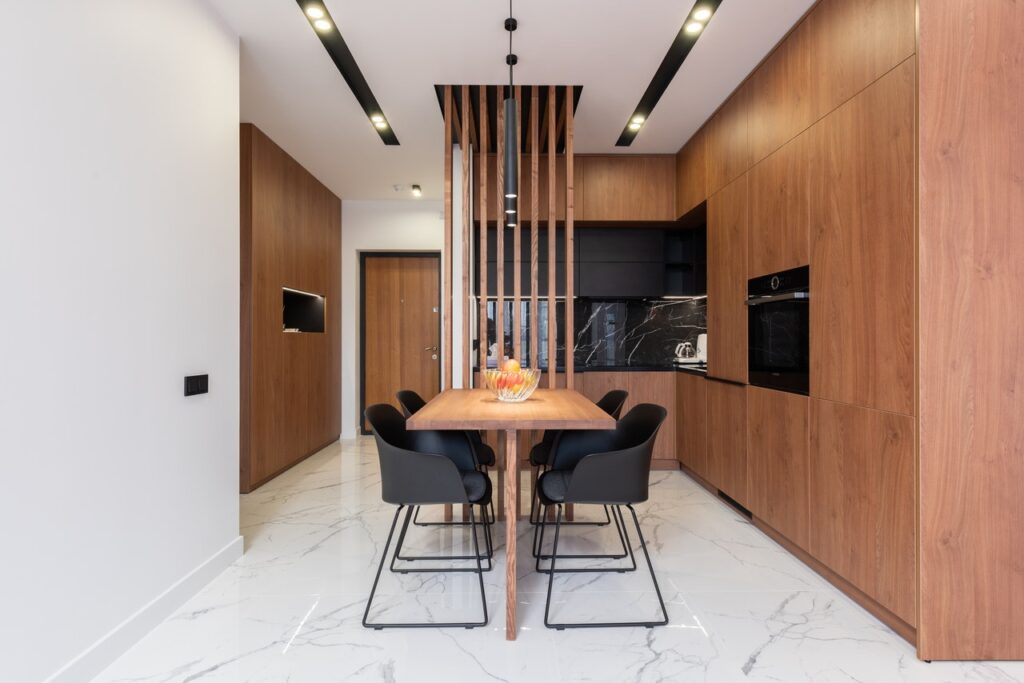

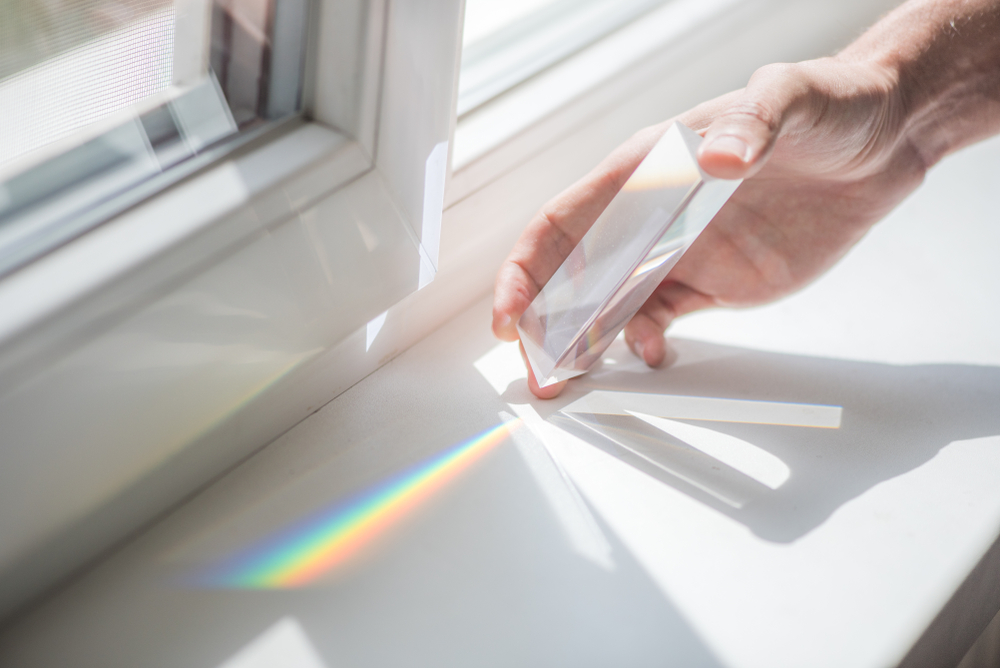 Blue light has high energy and its color temperature is
Blue light has high energy and its color temperature is  The human body runs according to a
The human body runs according to a  Good sleep is crucial to overall good health. Our bodies need that time to rest and restore each day. The brain uses sleep to
Good sleep is crucial to overall good health. Our bodies need that time to rest and restore each day. The brain uses sleep to  Have you ever noticed that many sit-down restaurants feel as if they are only half-lit? This isn’t done to save on the electricity bill, there’s a science behind it! Restaurateurs take advantage of both types of light to keep their business running smoothly. Warm, dimmed lighting in the dining areas naturally relaxes guests and encourages quiet. The kitchens are brightly lit with cool light to help everyone working there to be fully alert and productive while working at high speed.
You can do the same thing in your home once you know how it works. Warm, red light is
Have you ever noticed that many sit-down restaurants feel as if they are only half-lit? This isn’t done to save on the electricity bill, there’s a science behind it! Restaurateurs take advantage of both types of light to keep their business running smoothly. Warm, dimmed lighting in the dining areas naturally relaxes guests and encourages quiet. The kitchens are brightly lit with cool light to help everyone working there to be fully alert and productive while working at high speed.
You can do the same thing in your home once you know how it works. Warm, red light is 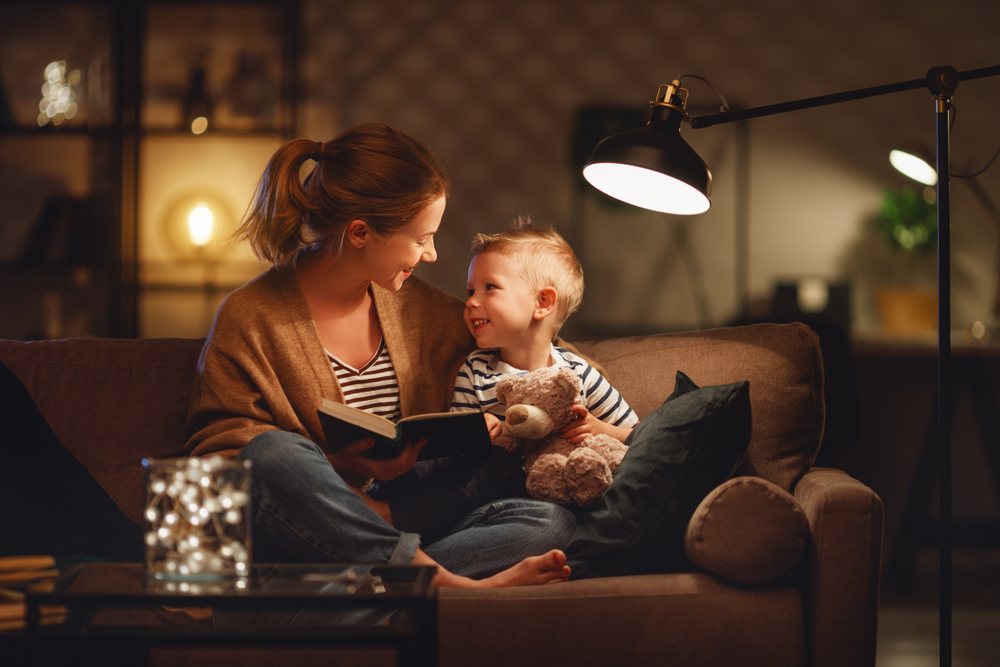 Older incandescent bulbs are a great source for warm light, but they’re being phased out in the lighting industry in favor of safer and more efficient alternatives. But that doesn’t mean you need to break out the candles just yet!
LED stands for “light-emitting diode”. Essentially they’re microchips that glow as electricity passes through them. This design not only makes them up to
Older incandescent bulbs are a great source for warm light, but they’re being phased out in the lighting industry in favor of safer and more efficient alternatives. But that doesn’t mean you need to break out the candles just yet!
LED stands for “light-emitting diode”. Essentially they’re microchips that glow as electricity passes through them. This design not only makes them up to  When you’re planning where you want to introduce warm light in your home, think about the main uses for each space. One method is to designate each space in your home as an active or rest area.
Active areas are places where you’re working. Blue light promotes focus and alertness, so it’s great to have in places like the kitchen, homework stations, home office, and garage.
Rest areas are places where you want to relax and feel comfortable. They’re often gathering places like the living room or dining room, or night-time areas like hallways and bedrooms.
Some rooms will have a combination of uses, so you’ll want to use a combination of light types! Bathrooms could use a mix, as blue light is great for a makeup table but warm light is more relaxing for a soak in the tub. Large great rooms might have seating and dining spaces that are rest areas, and study desk and food prep spaces that are active areas. Play around with lamps, dimmers, and smart bulbs to get the right balance for the way you use your home.
When you’re planning where you want to introduce warm light in your home, think about the main uses for each space. One method is to designate each space in your home as an active or rest area.
Active areas are places where you’re working. Blue light promotes focus and alertness, so it’s great to have in places like the kitchen, homework stations, home office, and garage.
Rest areas are places where you want to relax and feel comfortable. They’re often gathering places like the living room or dining room, or night-time areas like hallways and bedrooms.
Some rooms will have a combination of uses, so you’ll want to use a combination of light types! Bathrooms could use a mix, as blue light is great for a makeup table but warm light is more relaxing for a soak in the tub. Large great rooms might have seating and dining spaces that are rest areas, and study desk and food prep spaces that are active areas. Play around with lamps, dimmers, and smart bulbs to get the right balance for the way you use your home.
 This world feels chaotic at times, and finding balance can feel daunting. We can’t help much with office politics or your crazy neighbors, but when it comes to lighting we know a thing or two about helping you find just the right light for your home. If you’re ready to start creating a balanced home with warm light,
This world feels chaotic at times, and finding balance can feel daunting. We can’t help much with office politics or your crazy neighbors, but when it comes to lighting we know a thing or two about helping you find just the right light for your home. If you’re ready to start creating a balanced home with warm light,